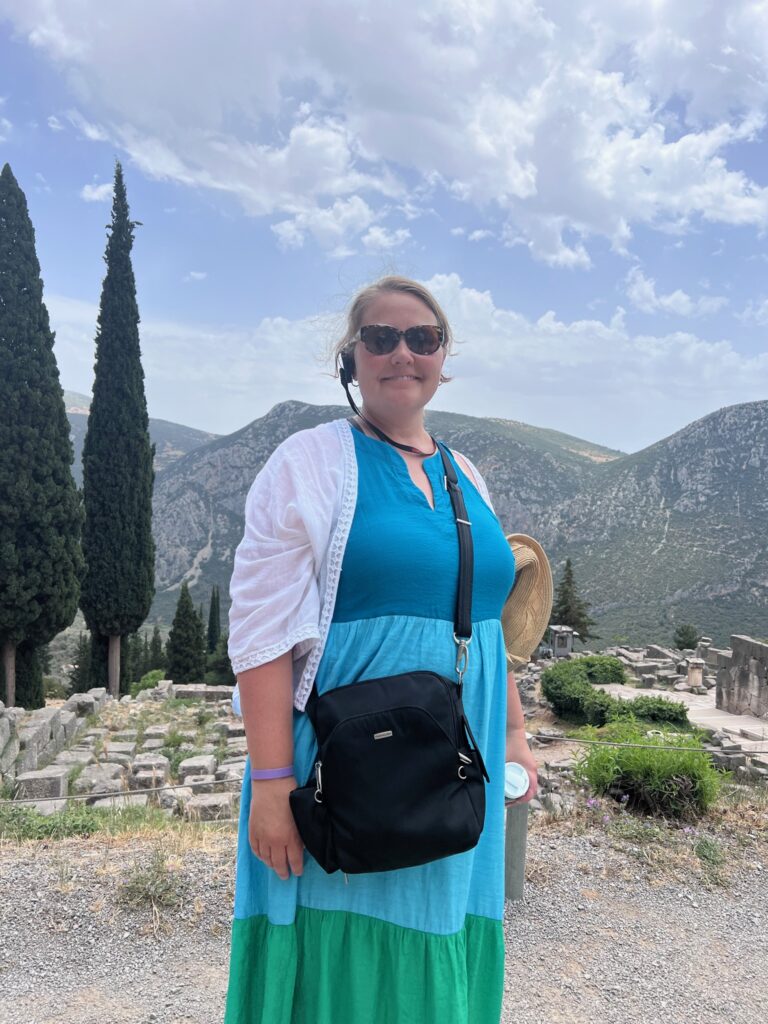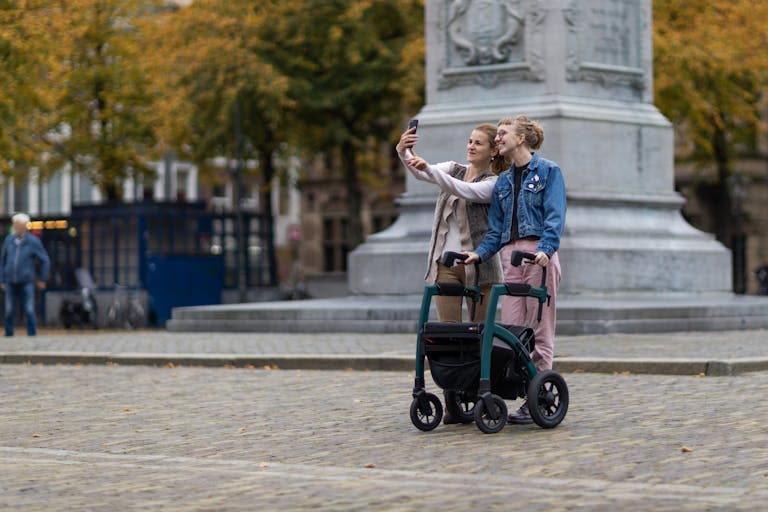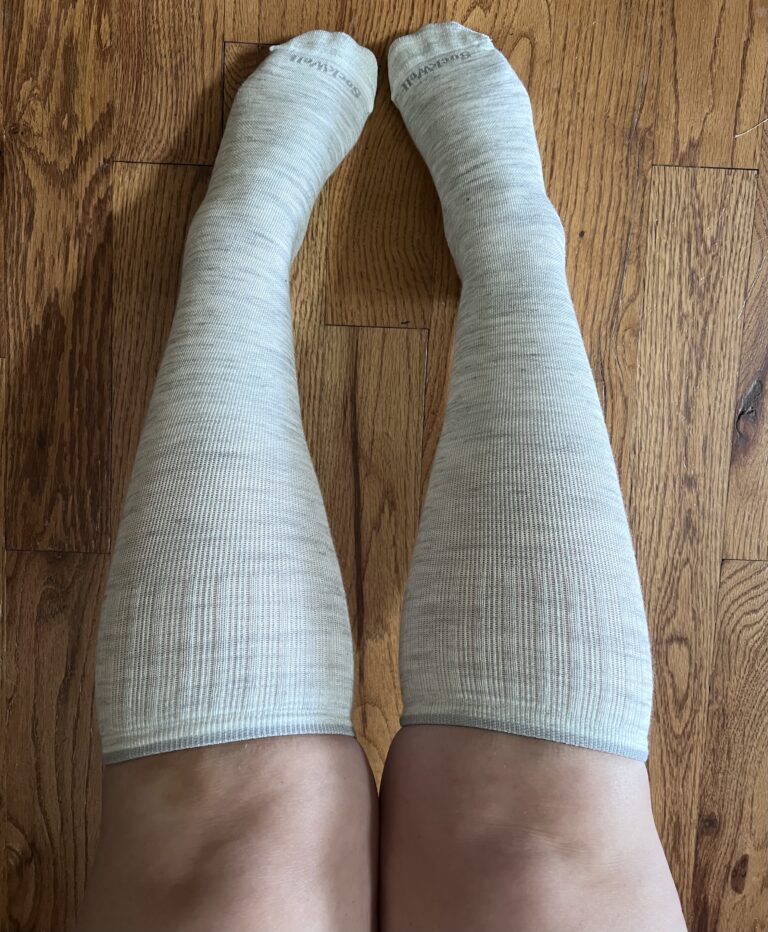My tips for Road Tripping with Chronic Pain
This post contains affiliate links. As an Amazon Associate, I earn on qualifying purchases.
I love to drive and I love road trips. I love blasting music and singing at the top of my lungs. Is there anything more therapeutic? But road tripping with chronic pain is no fun. It kinda sucks all the joy out of driving.
So I’ve put together a few tips I’ve learned while driving thousands of miles to deal with chronic pain.

Stretch and Move before, during, and after
In the days before you head out road tripping with chronic pain you should make it a priority to stretch and move in a way that feels good to your body. Often as we are packing and getting ready to leave with abandon our usual routine. Don’t do this! Whatever you regularly do such as yoga, walking, etc. keep doing it. The more we sit the worse our pain is and that is the last thing you want to happen when you are about to sit in a car for hours.
And speaking of sitting for hours, you should move and stretch each time you do stop. For example, take the time to take a little walk around the rest area or stretch while standing. This always helps me to keep from getting stiff. Often, after I have driven for a while I get terrible pain down my right side that started after a car accident. I manage this by stopping frequently and moving around.
And when you reach your destination try to maintain your regular routine of movement. Even if you are walking more sightseeing or hiking, make sure to do your regular movements that target where your pain is. Remember, you have to make the drive back so you want to maintain, maintain, maintain. Keep that pain at bay by taking time in the morning and at night to do some movement that feels good and stretches those areas of pain.
Compression Socks
Compression socks are a new item for me. When my daughter was diagnosed with POTS they were recommended to her and she has used them at times. I decided to try them when I was taking a trip to Europe and wanted to prevent my feet from swelling. Since I have this problem as well when driving long distances I decided to try them on a road trip. To my surprise they helped with that pain on my right side I talked about previously. Whether it’s the improved circulation or support they provided, they helped prevent my pain from occurring while driving a long distance. They are definitely a new added item to my suitcase for all my trips. There are reasons you should not wear compression socks so read more I wrote about compression socks here. And you can check out a pair I recommend starting with here.
Breathe and Relax
So many of us spend our days breathing shallow in the chest and tense. If you deal with pain this increases that pain. So whether you are the driver or passenger on a long trip make sure you are taking deep, relaxing breaths throughout. Breathe fully into your lungs and slowly release the breath. If you start to feel pain, take a deep breath into that pain and relax the area on the outbreath. By being intentional with your breath and focusing on the area of pain to relax and breathe into it, you will decrease that pain. You may not be able to completely eliminate it, but you will decrease it.
Take Your Medication
This may seem obvious, but when we are rushing trying to get out the door on a trip we often forget to take our medicine. Or we don’t eat as we should to take our medicine. So if you have a prescription for pain, make sure you take it normally! Also, stay hydrated as you need to, and keep snacks on hand if you need food to take that medicine. Know your medication and make sure you take the time to do what is needed to take it properly. And always bring extra medication on a trip. You never know what will happen so make sure you have a few extra days with you for the unexpected.
Use Cruise Control
I’m always amazed by how many people don’t use cruise control but most vehicles have cruise control these days so if you can, use it! When I’m the driver and can’t adjust my position frequently cruise control is a lifesaver. When traffic cooperates and I can use it regularly I usually have no pain. Now we know between traffic and weather that may rarely happen for a whole trip, but even when I can use it in short durations it helps my back, hips, and even my ankle from hurting. I can take that pressure off my right side and I can sit a little more comfortably by relaxing. You still have to stay aware and ready to hit the breaks, but it is so helpful on long trips.
Wear good shoes when you’re the driver
If you’re the driver, wearing good shoes is important in keeping pain in check. I always find my hip and back pain is worse if I try to wear sandals or flip-flops to drive. I have to apply pressure to the gas pedal differently. No matter how I position the seat I cannot drive long distances in anything but athletic shoes without pain. So know your pain and pay attention to your footwear. It may be making your pain worse.
Don’t be afraid to change the seat
Out of habit, we tend to position the seat and leave it there. One thing I have learned is that adjusting the seat as I start feeling pain come on helps eliminate it. Whether it’s the lumbar support, the tilt of the seat, the distance to the pedals, or even the tilt of the steering wheel, small adjustments can help relieve any pressure accumulating on spots that become painful. Think about it, you probably change positions frequently when you are sitting anywhere else. You can do the same while driving. Maybe not while actually driving depending on your car, but at least when you take a break.
Take frequent breaks
And speaking of breaks, take a lot of them. The more you try to power through, the more likely you will reach your destination feeling miserable. So stop when you need it. If it’s one I’ve learned, it’s that you will get there when you get there. Pushing past your limits isn’t helpful and can even become dangerous. So stop when you need it to keep your pain managed.
So there you have it, some of my best tips for road tripping with chronic pain. Stretch and move before, during and after, try compression socks, breathe and relax, take your meds, use cruise control, wear good shoes, change the seat as needed and take lots of breaks. Listen to your body when exploring what works for you. In the end that is what is most important. Do what helps you and leave the rest.
Have fun and blast that favorite song!





